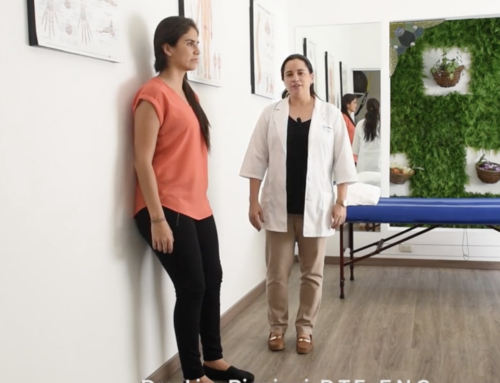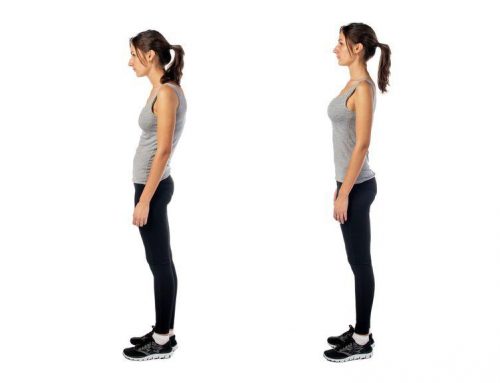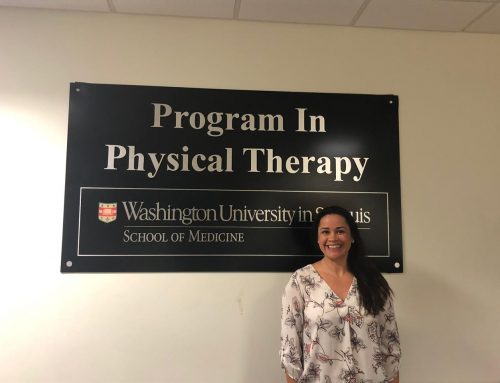If nonsurgical therapies prove unsuccessful, surgery remains a good option for many who suffer from temporomandibular joint (TMJ) pain. In fact, four surgeries — arthroscopy, condylotomy, disc repositioning and discectomy — all markedly reduced pain and improved the ability to eat solid foods in about 90 percent of patients in a recent study.
The findings from one of the first multicenter comparative studies on TMJ disorders are published in the August issue of the Journal of Oral and Maxillofacial Surgery.
All four procedures studied yielded virtually indistinguishable outcomes, added principal author Dr. H. David Hall, an oral surgeon, physician and professor/chairman emeritus of Vanderbilt University Medical Center’s department of oral and maxillofacial surgery.
"The pain relief that followed each of the four types of operations was substantial, occurred within about a month after surgery and was statistically insignificant by procedure," said Dr. Hall, who conducted the study in cooperation with the University of the Pacific and the Medical College of Wisconsin.
The researchers compared baseline measurements with changes in overall degree of pain, hours of pain experienced daily, diet and range of motion in the jaws of patients one month and one year after surgery.
Patients in the study qualified for surgery by having severe TMJ pain and undergoing magnetic resonance imaging to confirm the presence of an internal derangement — disruption of the relationship between the articular disc and the condyle.
Even after standard conservative treatment such as diet changes, anti-inflammatory medications and control of bruxism, patients’ intolerable pain had persisted.
Rating pain levels a month and a year after surgery, the same patients reported lower scores than baseline, pre-surgical levels.
"It appears to be surgery, per se, that accounts for this early and sustained pain relief," said Dr. Hall. "The placebo effect typically affects about 35 percent of patients, but in this study, 90 percent of patients showed improvement.
"In addition," he added, "only about 50 percent of patients with internal derangements improve after one year without surgery, in contrast to about 90 percent of the patients in this study at one month."
If you want to obtain full text:
http://www.ada.org/prof/resources/pubs/adanews/adanewsarticle.asp?articleid=1514





